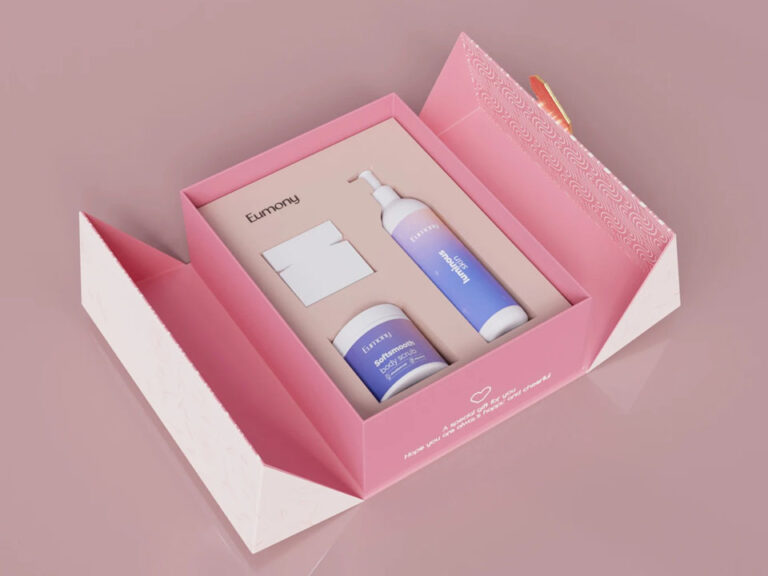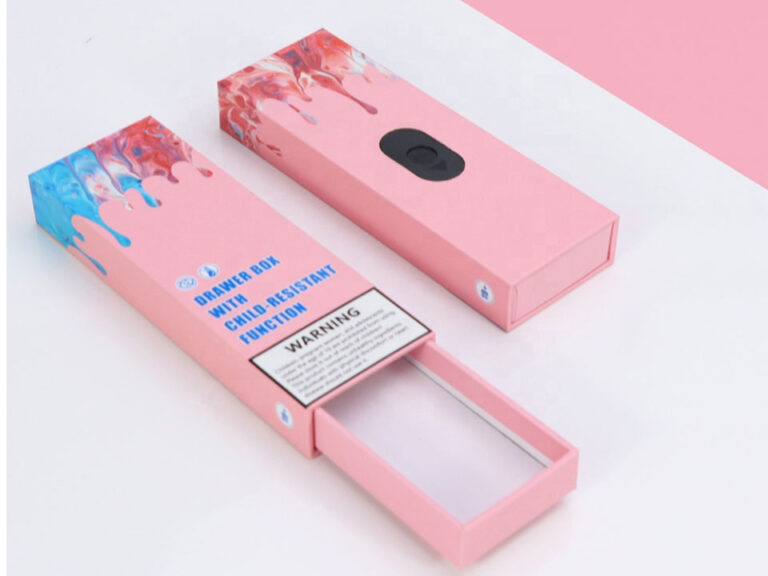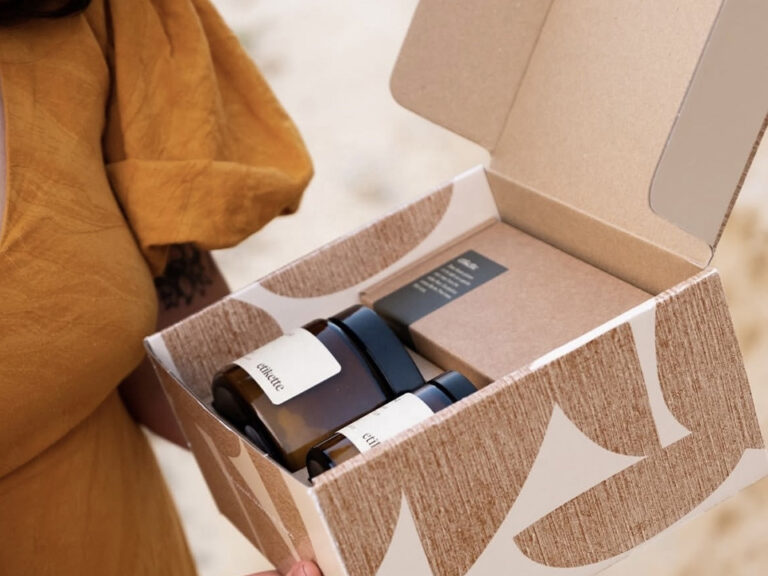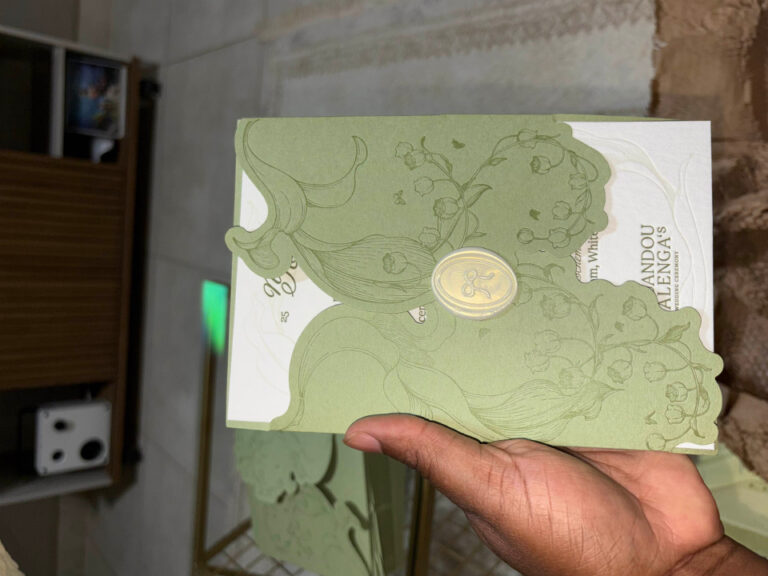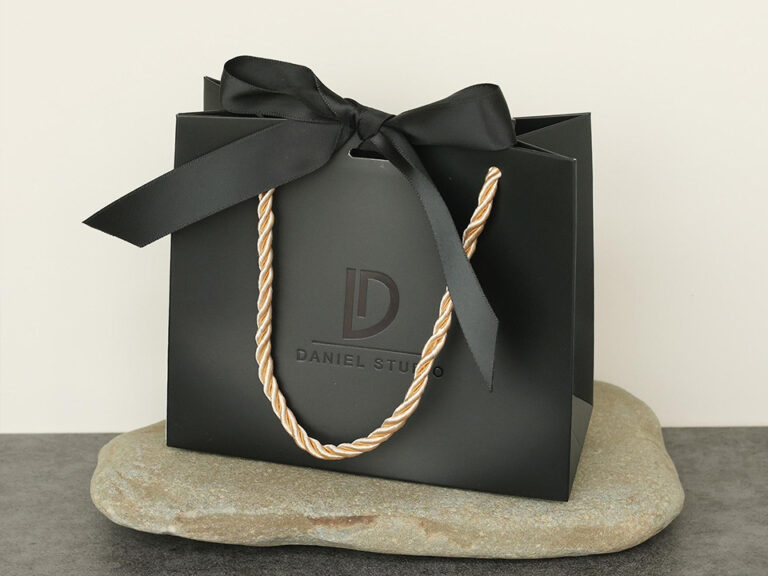The Requests and Skills on Jewelry Packaging Design
“I’m only a box,” the jewelry package whispers, “but I’m the first hello, the last goodbye, and the memory that lingers on the dresser.” If jewelry is the star, packaging is the stage, the spotlight, and the usher guiding the audience to feel something. In marketing terms, the jewelry box is a “silent salesman.” In human terms, it’s persuasion wrapped in board and fabric.
Below, I treat the brief as two voices: what the box requests (the non-negotiables) and the skills we must bring (the craft). The goal is not just protection and transport, but to convert need into desire, and desire into a story people keep.
Table of Contents
What the Jewelry Box Requests (the Non-Negotiables)
1) Protect me, then present me. Rings and prongs don’t like jostling. Use snug inserts, anti-tarnish papers for silver, and lint-free linings (microfiber, flocked velvet). Choose board calipers strong enough to survive drops, and test openings so lids don’t scuff gemstones. Consider options like a sliding drawer jewelry box for added protection.
2) Make me easy to carry and ship. Logistics is part of design. Right-size the cube to reduce dimensional weight. Add abrasion-resistant wraps for courier belts, and tuck barcodes/QR on outers so the inner box remains pure. Homepage solutions also help ensure efficiency.
3) Store me gracefully. Home storage matters: stable hinges, inset cavities that don’t deform chains, and drawer inserts that stack in retail drawers. Moisture control (sachets, barrier liners) keeps brilliance intact.
4) Beautify the jewel—and the brand. Color, texture, and proportion are signals. Lux feels often come from restraint: calm liners that don’t color-cast stones, balanced margins around the piece, and a logo that whispers rather than shouts. A rigid lid and base box elevates that premium identity.
5) Build trust and conscience. Safety-compliant inks and adhesives, responsibly sourced fiber, and honest sustainability claims. Design for end-of-life: mono-material where possible, removable magnets, and minimal plastic. Some brands opt for kraft paper gift boxes to reinforce green values.
6) Leave an impression even without a sale. A casual browser should remember your mark—the feel of the paper, the tone of the palette, the tidy ritual of the reveal. Recognition today is conversion tomorrow.
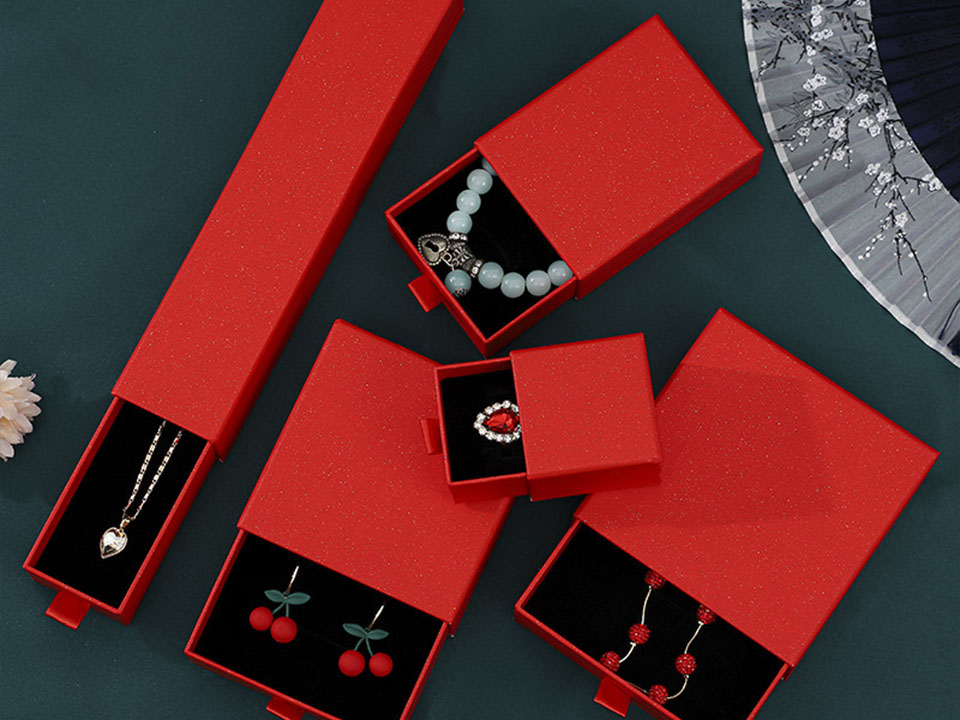
The Skills We Owe the Box (the Cross-Disciplinary Craft)
Visual communication
- A clear hierarchy: brand mark → product name → care cues.
- Palettes that match gemstone behavior (e.g., warm liners can distort cool stones).
- Tactile contrasts—linen wrap + foil, matte lid + satin ribbon—to add depth without clutter.
Industrial design
- Dielines that fold cleanly, magnet strength tuned to a satisfying “snap,” hinge tolerances that don’t squeak, and inserts that swap across SKUs.
- Materials matrix (cost, lead time, recyclability, tactile score) to choose with data, not just taste.
Consumer psychology
- Rituals convert needs into motivation: a ribbon tab that invites, a sleeve that builds anticipation, a pause before reveal.
- Cues for identity: minimalism for moderns, heritage emboss for legacies, artisanal textures for hand-made narratives.
Marketing & operations
- Planograms, gifting calendars, and ship-ready outers for DTC.
- SKU consistency: ring, pendant, and bracelet boxes that feel like one family without being clones.
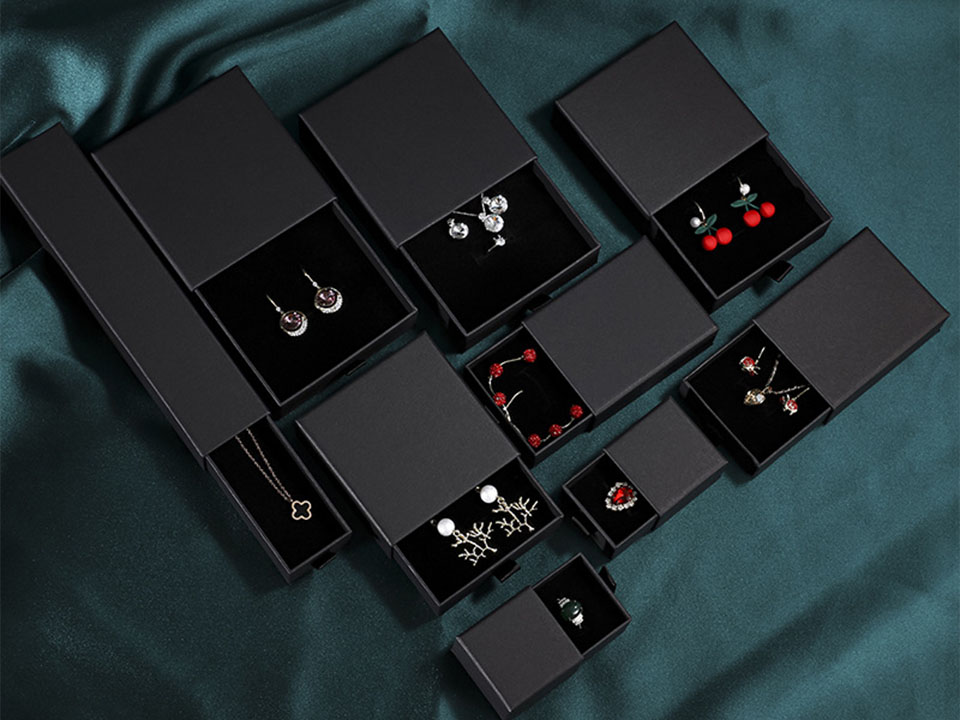
Motivation: From Human Need to Purchasing Desire
People don’t buy jewels; they buy memory, status, affection, and self-expression. Packaging translates those motives into touchable assurance (it’s safe), ceremony (this moment matters), and identity (this brand is “me”). When the box slows the opening by half a beat, it turns a transaction into a keepsake.
Culture and Emotion: Dressing the Jewel in Story
Before launch, pair each piece with a cultural note: a motif borrowed from a city grid, a pattern echoing a vintage clasp, or a typographic nod to the house’s founding year. Add a short origin card—fewer than 80 words—that answers why this cut, why this metal, why now. The aim is not copy; it’s connection.
Structure & Materials That Earn Their Keep
- Rigid set-up boxes (1.5–2.5 mm) for couture lines; they take emboss and foil beautifully.
- Sleeve + drawer systems for compact retail storage and a measured reveal.
- Magnetic clamshells—shield magnets and test with watches/closures like magnetic closure gift boxes.
- Inserts: molded pulp (eco), foam wrapped in velour (luxe), or engineered paper platforms that reconfigure across SKUs.
- Finishes: blind deboss for subtlety, soft-touch for warmth, edge painting for couture emphasis.

Choreograph the Unboxing (Five Beats)
- Approach – The sleeve or band sets the emblem and promise.
- Permission – A ribbon or thumb-cut invites touch; no wrestling.
- Reveal – A gentle resistance, then quiet: no glue smell, no squeal.
- Focus – Neutral liner frames the piece; light meets facets, not distractions.
- Aftercare – Polishing cloth, sizing info, and a QR to care/warranty—useful, brief, beautiful.
“Make them slow down,” the box suggests. “Ritual makes memory stick.”
Sustainability Without Losing Luxury
Trade heft for honesty. Choose recycled or FSC boards with tactile wraps, molded-pulp inserts dyed in muted tones, water-based inks, and magnet-removal points marked discreetly inside. Right-size shipping outers and suggest re-use on the card (keepsake tray, travel pouch companion). Transparency itself is a luxury signal.
From Brief to Shelf: A Practical Path
- Positioning – Who’s the wearer? Which emotion leads the sale (celebration, legacy, self-reward)?
- DFM – Lock dielines, tolerances, and adhesives that won’t bleed through wraps.
- Pilot – 30–50 sample run; drop, rub, humidity, and color-fastness tests.
- Market A/B – Test two insert tones or opening frictions; measure dwell and conversion.
- Scale – Golden samples, QC checkpoints, vendor scorecards, and clear spec sheets.
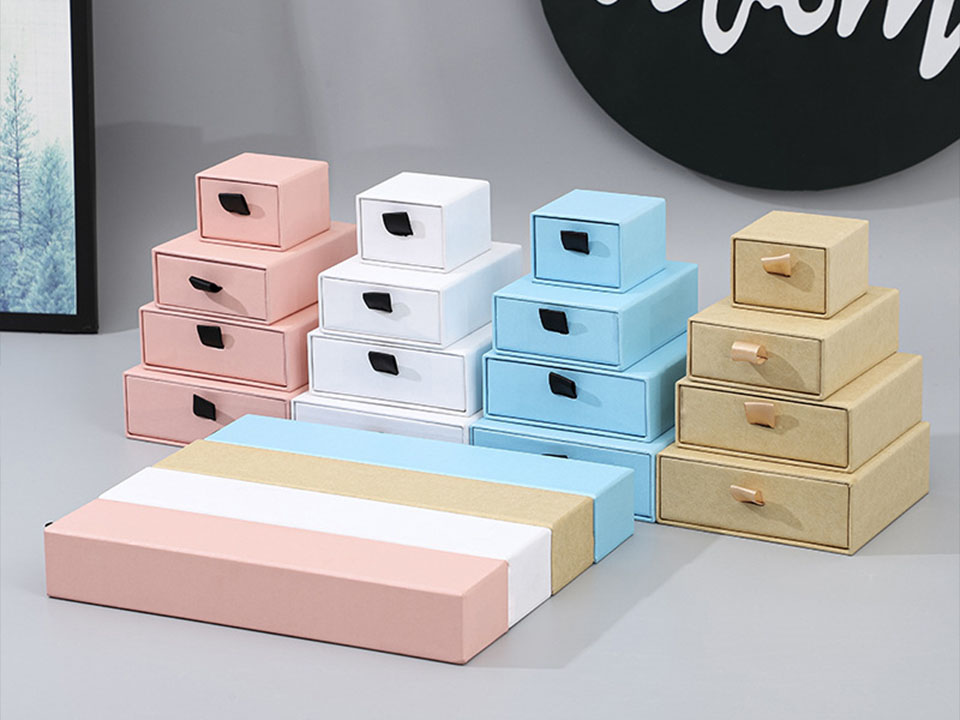
Metrics That Matter
- Conversion uplift for identical jewelry in different boxes.
- Damage/return rate due to packaging (should drop).
- Unboxing UGC volume and save rate across social channels.
- Repurchase latency following gifting events.
- NPS with a packaging item so you can improve intentionally.
A Small Story the Box Might Tell
A boutique replaced glossy generic clamshells with linen-wrapped drawers, warm-white liners, and a two-line origin card. Shipping damage fell 28%. Gift SKUs lifted conversion by 15%. Most interesting? Customers kept the boxes visible on vanities—packaging became permanent media.
Quick Checklist
- What emotion is this SKU selling first?
- What does the setting/stone demand in protection?
- Which ritual beats define the opening?
- How will it travel (DTC, wholesale trays, or both)?
- What cultural note will outlive the moment?
- How will we measure success in 90 days?
In the end, the jewelry box is not an accessory to design; it is a character to direct. Give it lines worth delivering—protection with poise, culture with clarity, and a ceremony that earns its silence.






